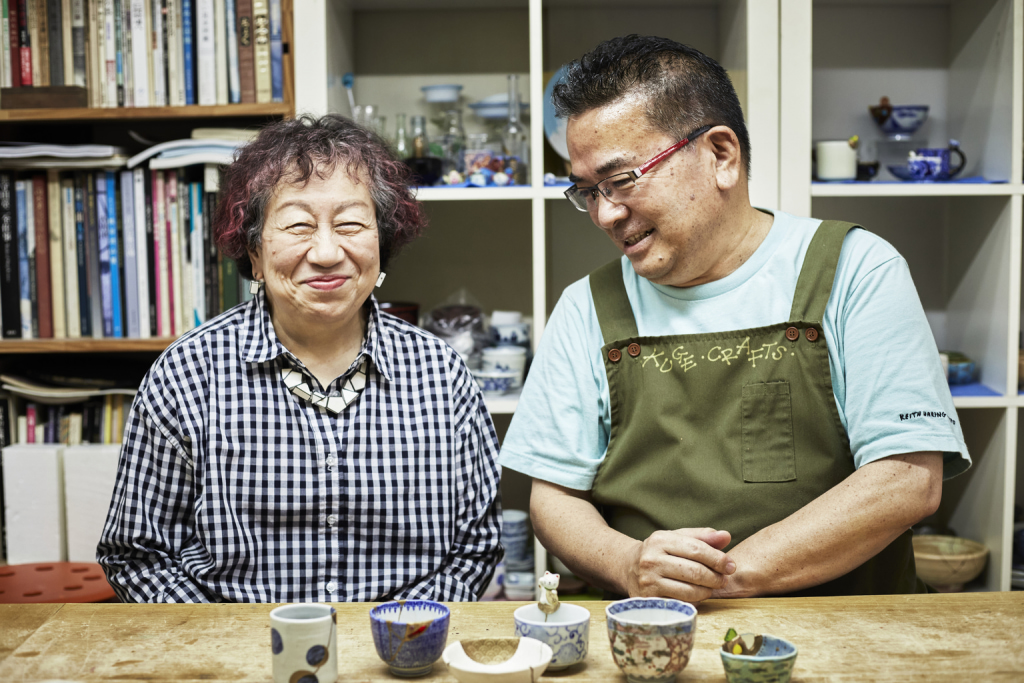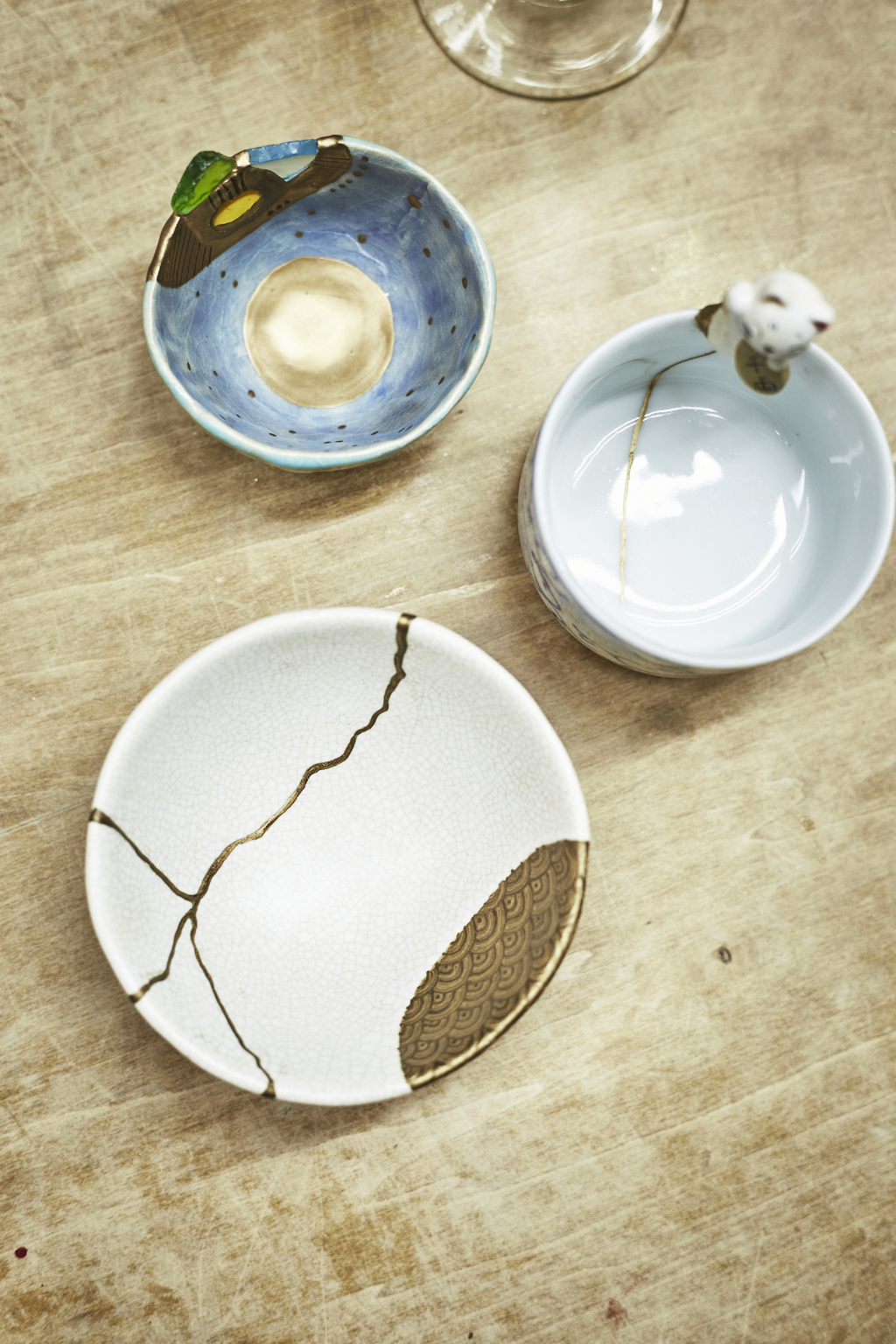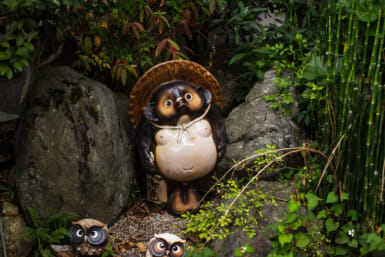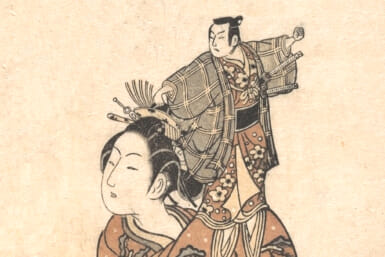This has been broken beautifully.” Yoshiko Kuge says as she surveys the pieces of what was once my plate. I hadn’t thought that a broken tableware could elicit such admiration, and for a split second I felt obliged to thank her.
“That didn’t come out right,” she says quickly and laughs at the incongruity of her own words as we stand in her prewar shophouse-turned-atelier in Suginami-ku. Thanks to almost four decades of teaching kintsugi, the first thing that came to mind upon seeing a broken ceramic brought to class by a student is how well it would fit back together.
The Beauty of Flaws
For the uninitiated, kintsugi is the traditional Japanese art of repairing broken ceramics. After the pieces are rejoined, lacquer mixed with powdered gold (and sometimes brass, silver or tin) is applied on the seams to emphasize its imperfections and let its history come alive. “Not only can you use it like before, but it also gains a new beauty,” says Yoshiko, a 76-year-old artist whose decades-long career spans pottery, glass painting and accessory design.
A Shogun’s Chawan
Kintsugi is said to date back to the Muromachi period (approximately the 14th century) when a shogun (military ruler) asked local craftsmen to come up with a more aesthetically pleasing solution after a broken chawan (tea bowl) he had sent to China for repair was returned – literally stapled together. The ancient art of restoration has not only survived into our insta-age of mass consumerism, it seems to be experiencing a resurgence.
A Villain’s Mask
Kintsugi came under the global spotlight when it was featured at the international art festival, Venice Art Biennale, in 2017. Two years later, it found Hollywood fame through a guest appearance in a Star Wars movie. “The red lines on the broken helmet of the villain were inspired by kintsugi,” says co-instructor and Yoshiko’s husband Yoshiichiro Kuge, referring to villain Kylo Ren’s headgear, which created a stir when it made a comeback in The Rise of Skywalker after being shattered to pieces in the previous episode.
Overseas Boom
For Yoshiko, a formally trained textile designer who had discovered her passion for pottery in an antique store in Aoyama when she was a teenager, Kintsugi’s growing popularity has come as a surprise. “I didn’t expect such interest for kintsugi among foreigners,” she says. “I think Japanese began to be drawn to it because of its popularity overseas.” Over the past five years, Kuge Crafts – the quaint atelier run by the affable husband-and-wife duo in a nondescript neighborhood in west Tokyo – has become a pitstop for mostly overseas kintsugi fans, quietly attracting up to 400 visitors per year, before the coronavirus pandemic struck.
Kuge Crafts
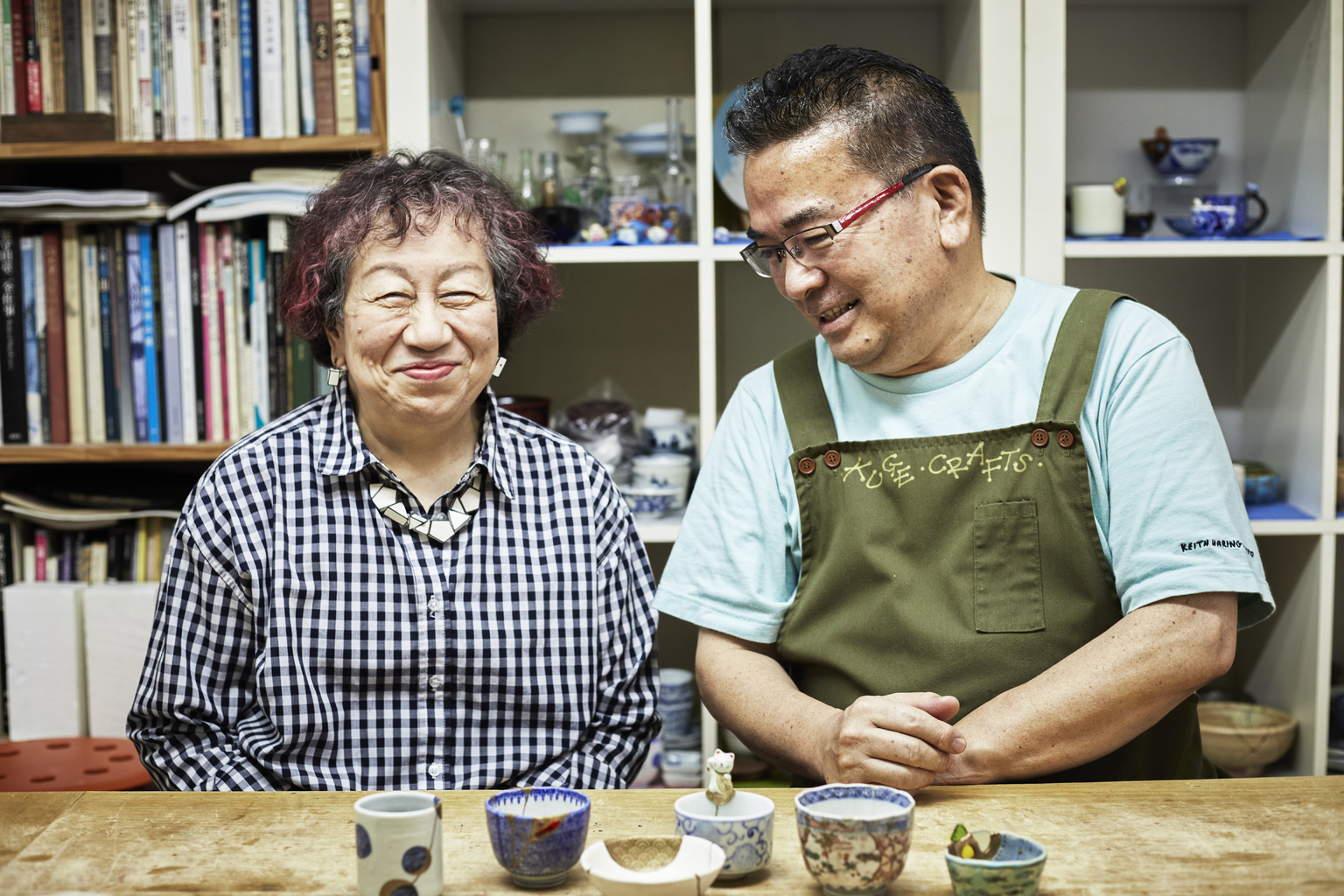
Walking into the Kuge Crafts’ workshop is to shut out the city’s hustle and bustle and step into something akin to a real-life diorama. A worktable, which seats up to three students, takes center stage. The space is filled with a curious array of tools and materials (handmade brushes, inks and metal carvers) and kintsugi pieces with playful and dreamlike designs gathered over decades. Occasionally, a 19-year-old one-eyed cat named Chibi-chan punctuates the couple’s friendly banter with intermittent meows. Homemade sweets and drinks served at the beginning of each class – to encourage sharing of stories – complete the scene.
The Process
First-timers can choose to work with chipped cups from different eras that were acquired in Kyoto and Tokyo, or bring an item of their own. Traditionally, lacquer made from the sap of urushi trees (related to poison oak) indigenous to Japan and mixed with rice or flour is used to rejoin a broken ceramic. But the lacquer commonly causes allergic reactions and the drying process requires an environment of 80 percent humidity and a two-month period.
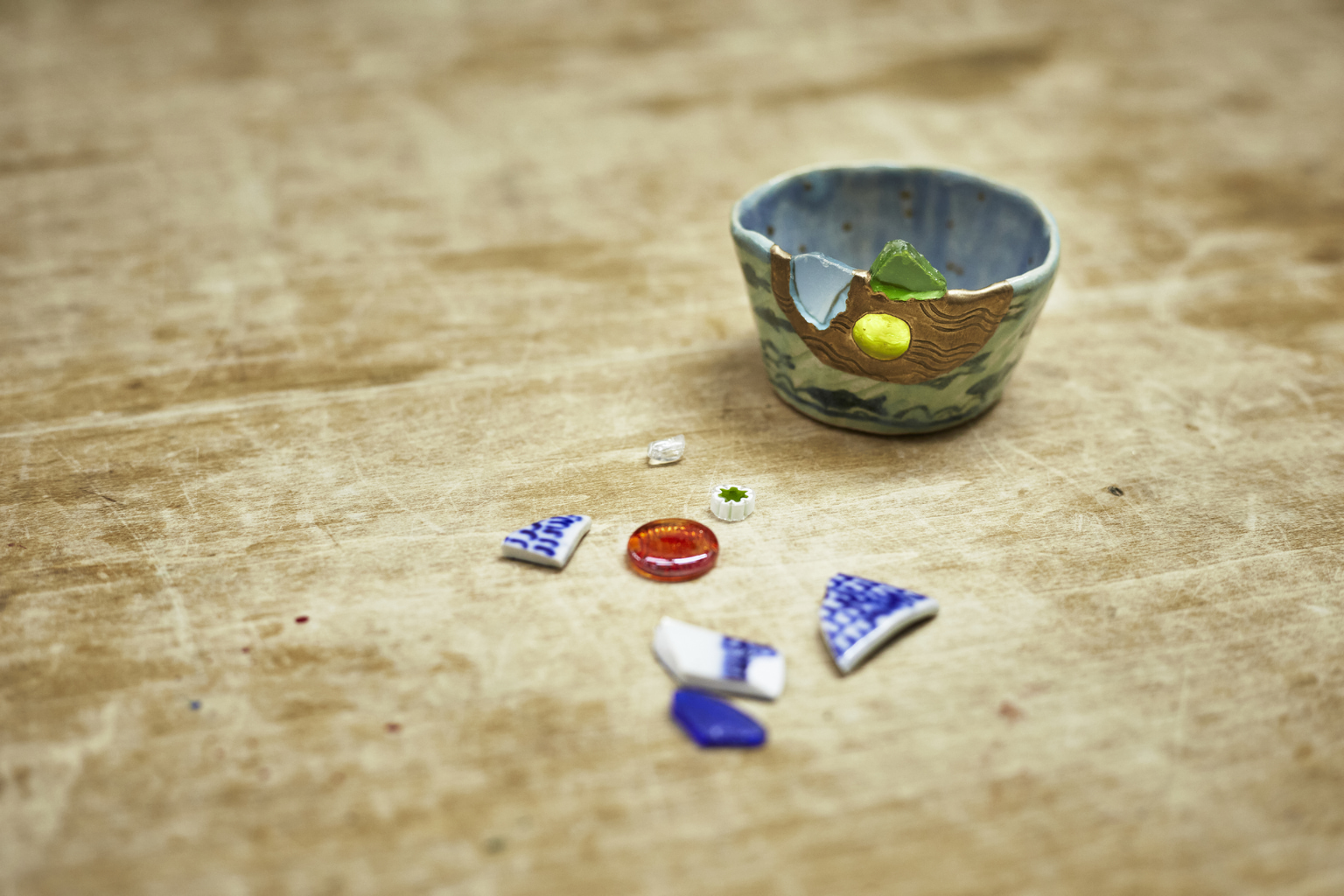
Kuge Crafts therefore uses an epoxy resin adhesive. After the broken ware has been reattached, visible cracks are lined with a mixture of lacquer sourced from cashew nut trees (to which most are not allergic) and gold powder before they are dusted again with the metallic powder. If there is a missing part, it can be replaced by a glue-clay mixture, which needs to be filed down when it hardens to ensure a smooth transition. Alternatively, mismatched fragments from other ceramics or glassware can be used to replace the missing parts – a process called yobitsugi. For those keen on giving their imagination a good run, patterns or drawings can be applied with different colors. The whole process is strangely therapeutic.
Mending and Healing
“When we break something and repair it, we are also mending something within us,” says Yoshiko, whose childhood was marked with struggles after losing her father in World War II when she was barely an infant. Kuge Crafts sees the art of kintsugi as not only a technique to mend broken ceramics, but also an exercise that is at once healing and meditative.
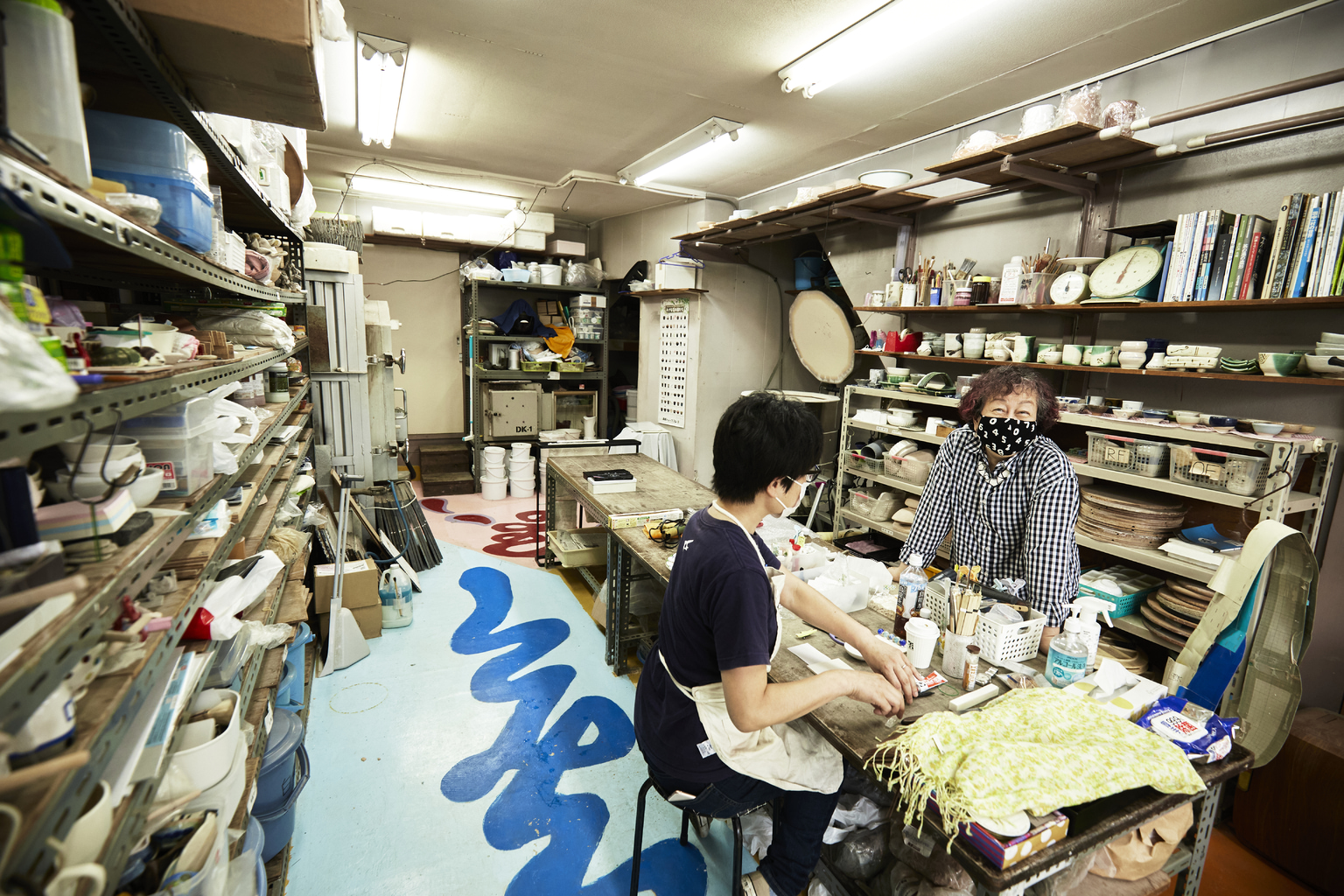
Many of the atelier’s visitors include counselors or doctors, said Yoshiko, and some of them have given her fresh perspectives on her art. A surgeon compared yobitsugi to an organ transplant that he was scheduled to do after ending his holiday in Tokyo. A psychology professor drew similarities between a broken ceramic and emotional and mental well-being that becomes sturdier once it’s been mended.
Connection and Continuity
For Yoshiko, who has chosen to focus on repairs and teaching kintsugi in her multidisciplinary career, the allure of the art is simple. “When I’m repairing an item that holds a lot of memories and connections for a person, it makes me really happy,” she says. She described a particular request to repair an item that was purchased from a 100-yen store. “I told him that you can easily buy it. But he said, ‘No I can’t. It was given to me by my grandson. There’s only one of this.’”
For more info on Kuge Crafts, please visit teshigotoya-kuge.com
Photos by Ryoko Ogawa
This article was published in the Sep-Oct 2021 issue of Tokyo Weekender. To flip through the issue, click the image below.

